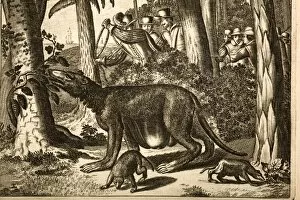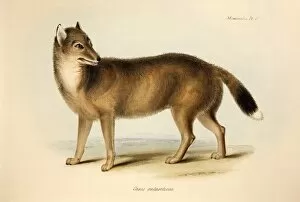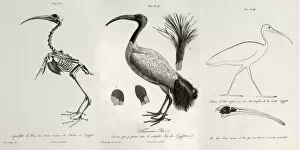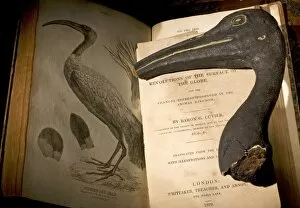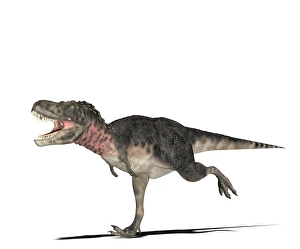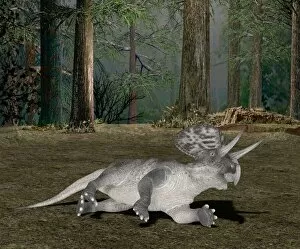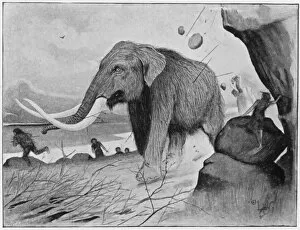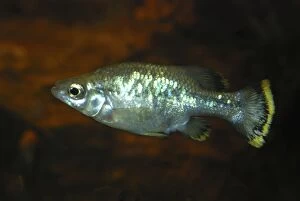Extinction Collection (page 7)
"Echoes of the Past: Tragic Tales of Extinction" Tasmanian Tiger or Thylacine: Once roaming the wilds of Tasmania
All Professionally Made to Order for Quick Shipping
"Echoes of the Past: Tragic Tales of Extinction" Tasmanian Tiger or Thylacine: Once roaming the wilds of Tasmania, this enigmatic creature fell victim to human encroachment and relentless hunting. Fossils from the Palaeozoic Era: These ancient remnants provide a glimpse into a time when bizarre marine creatures ruled the seas, only to vanish forever. Mauritian Dodo (Raphus cucullatus): A compact bird with a curved brown bill and brown feet, its side view reminds us of an unfortunate tale where human interference led to its demise. Allosaurus Dinosaur Artwork: Imposing and fierce, these magnificent predators once roamed our planet but are now lost in time, leaving behind only their fossilized remains as evidence of their existence. 1770 Cuvier Mstricht Mosasaur: This colossal marine reptile dominated prehistoric oceans until it met its untimely end during Earth's tumultuous history. Animals and Plants of the Carboniferous Era: Lush forests teeming with giant insects and amphibians characterized this era before mass extinction events reshaped life on Earth forever. Permian Landscape: A snapshot frozen in time reveals a world brimming with diverse species that would soon succumb to one of the most catastrophic extinctions ever witnessed by our planet. Dodo - Profile and Rear Studies: The iconic symbol serves as a poignant reminder that no creature is safe from humanity's impact if we fail to protect them. The Huia - New Zealand Extinct Bird: With its unique beak shape and haunting song silenced forever, this beautiful avian species became yet another tragic casualty in mankind's wake. GEOLOGY K-T Boundary Sample from Wyoming USA : Within this thin layer lies evidence marking one of Earth's most devastating events, the demise of dinosaurs and countless other species.


